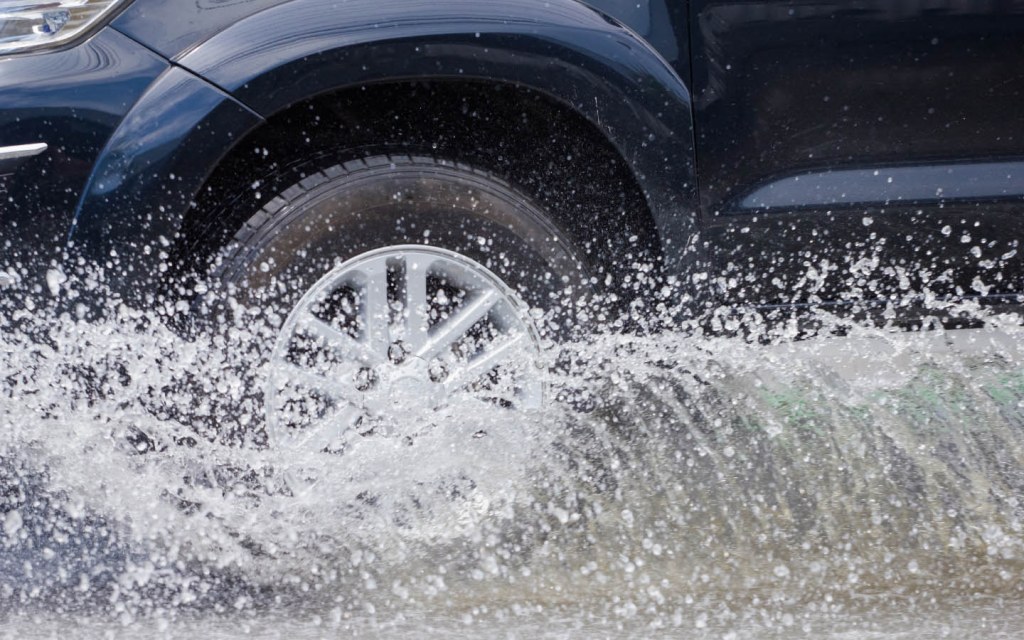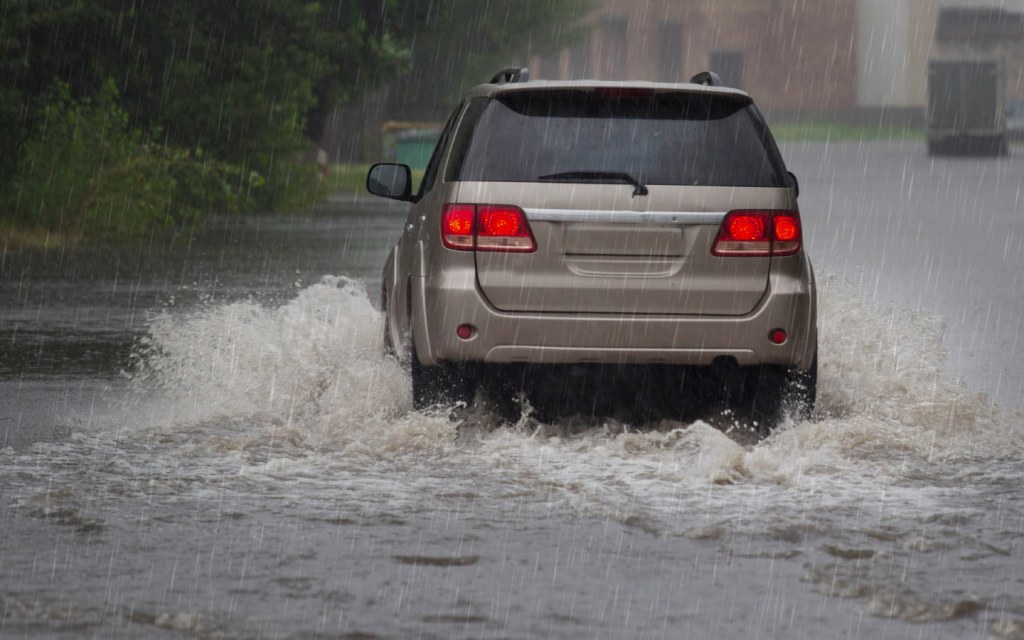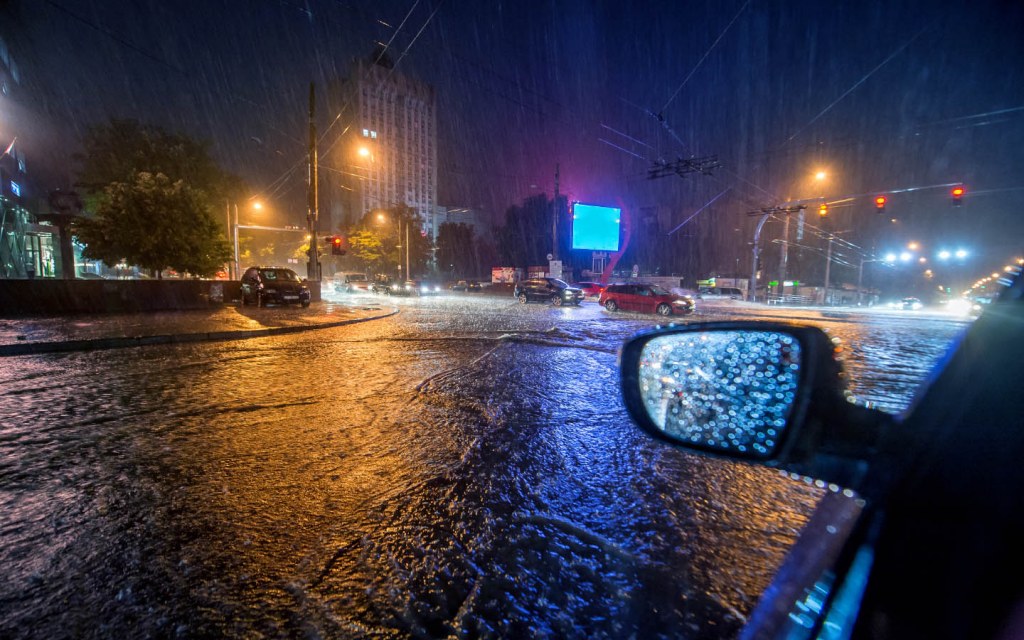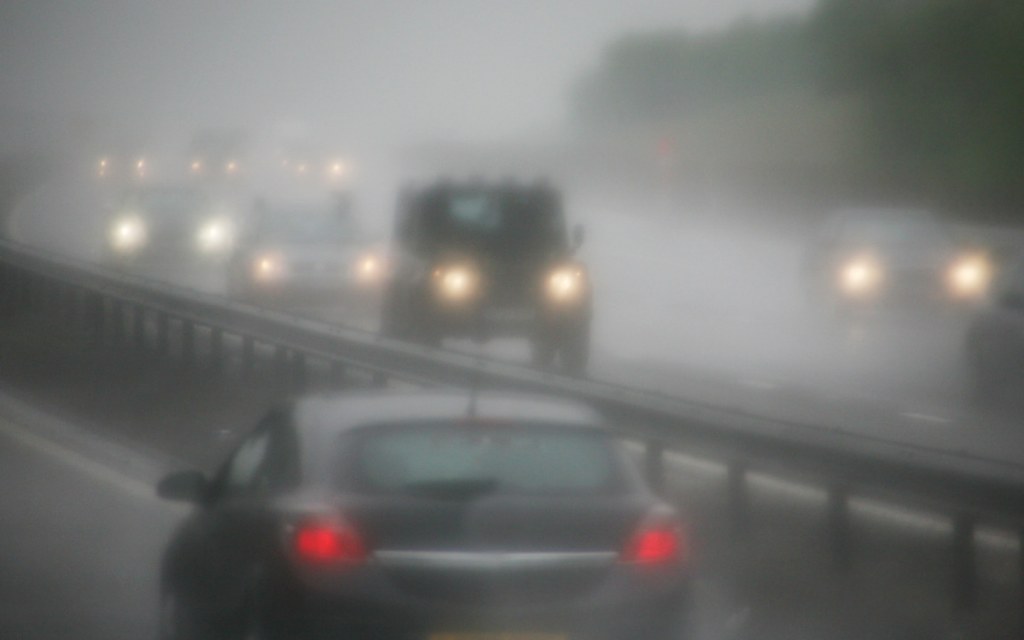The monsoon season is a boon for some but could be a bane for others.
After experiencing months of scorching heatwaves and unbearably high temperatures, the beginning of the monsoon season provided those living in Pakistan with a reprieve from the sweltering summer. However, while some areas have received an adequate amount of rainfall this year, Karachi and other parts of the country have been experiencing torrential downpour that has effectively halted day-to-day activities.
Apart from urban flooding and prolonged electricity outages, the latest spell of monsoon has also made driving on the road really unsafe, especially for those who don’t follow certain safety measures. Therefore, in a bid to ensure you and your family stays safe and sound this monsoon season, we have put together a few tips for driving in the rain that you may find helpful.
Measures You Should Take When Driving In The Rain
Whether you are scared of driving on wet roads or are someone who can drive confidently in rough weather conditions, following these key pointers will help you stay safe.
Listen to Traffic updates
When you are driving in the rain, you must keep a check on traffic updates. In Karachi, there is a dedicated radio channel, FM 88.6 run by the Sindh Police, where citizens are updated about traffic jams, roadblocks and inundated roads. Alternate routes are also suggested. People who are driving through heavy rain can easily take other routes for a safe trip.
It is wise to check the weather forecast too, in case there is heavy rainfall, then you shouldn’t step out of the house.
Inspect your car
Check the condition of your car. You must check if there is petrol or CNG in your fuel tank. Make sure there is enough water in the radiator and battery. Check your tail lights, headlights and windshield wipers, if they are working fine. Always keep an emergency torch, a rope and a cell phone charger in your car. Keep basic tools of wheel change such as wheel ranch, jack, rod, plier, cutter and tape, in case you ever have to change your tire and there is no mechanic in sight.
Note: The traffic police department of Karachi has recently launched free car repair services for rainy weather in collaboration with the provincial government. So, if your car breaks down in the middle of the road during rainfall, please call 1915 for immediate assistance.
Prevent water from entering the silencer

When you are driving in the rain it is quite likely that the water may enter the silencer. Passing through flooded roads can become a nuisance if you do not take safety measures.
So, make sure to take a rubber pipe and fix it in your silencer so that water doesn’t enter. This is an extra attachment and once the monsoon season is over you can easily remove it. The exhaust system of the car works well when the rubber pipe is attached. Make sure to close entry points so that water doesn’t stop the engine from working.
Park your car at a dry place
It is advised to park your car in a dry spot. When it stops raining and the water on the roads has receded only then take your car home. You can either go via bus or rickshaw or stay at a friend’s place.
If you try driving on a flooded road, the water will enter the engine and hydro-locking will occur. If the engine breathes in water instead of air, the water and liquid cannot be compressed. If your car has stopped, don’t crank it up because it will do more harm than good. Leave it to the professionals. Call for help. This is where your fully charged mobile phone will come to the rescue.
Drive in first gear

It is advised to drive your car slowly because when there is water present on the road it reduces the car’s grip. To top it all off, if there is continuous rain splashing on your windscreen, it will obscure your vision and you may not be able to see the cars in front of you. Moreover, driving your car on a wet road means that when you apply the brakes the car will take some time to come to a halt. Though when your car is in first gear, it is easier to come to a stop.
Switch on dipped headlights
One of the safety tips for driving in the rain is to dip the headlights. If you switch lights to full beam you won’t be able to have a clear view of the cars on the road. Dipped headlights are angled in a way that points downwards and not at cars or people. This way you can prevent yourself and others from dangerous road accidents.
Prevent your car from hydroplaning

Hydroplaning occurs when the tires of your automobile begin to ride on top of the water instead of running on the surface of the road. It is not necessary for the road to completely submerge in water, for hydroplaning to take effect. Whether you are driving in heavy rain or on roads that are only damp from a drizzle, hydroplaning is a possibility. It can be a terrifying experience as you do not have the controls on your steering wheel.
There are different ways to avoid hydroplaning. One of the major driving tips during monsoon is that you should immediately take off your foot from the accelerator. Don’t use brakes in response to hydroplaning. Applying a sudden brake will only make things worse. Your car will skid away – completely out of your control. The best thing you can do in hydroplaning is to slowly turn the steering wheel in the direction of hydroplaning. This will help the tires realign with the direction in which your vehicle is travelling and will help regain control of the steering wheel.
Keep your car well-ventilated

Heavy rain can cause humidity levels to increase and your cars’ windows can become foggy; this reduces visibility on the road. Keep a dry cloth in the car and wipe off the fog that forms on the inside of your windows or use the in-built ventilation system that is present in most cars. The cars’ ventilation systems include a function that will work to reduce this type of fog that develops on the interior of your windows and windshield. In case the fog is still there, then you might want to pull over if you are unable to see. This is a simple tip for driving in heavy rainfall.
Maintain a Safe Distance from Other Vehicles
Tailgating is a common driving problem in Pakistan. People are hasty and tend to drive dangerously close to other vehicles. While this is standard advice for safe driving, it becomes especially important to maintain a safe distance between vehicles in the rain. This is just so, God forbid, one has to apply emergency brakes, less friction due to water on the roads doesn’t lead to any accidents.
This concludes our safety tips for driving in the rain. As the weather continues to change, please make sure to always keep an umbrella and a stick in your car to check the depth of water in case you have to park somewhere and walk home. Meanwhile, don’t forget to check out our guide on how to stay safe when riding a motorcycle in the rain and follow our safety tips for the monsoon season.
For more safety tips, stay tuned to Zameen Blog – the best lifestyle blog in Pakistan. You can also reach out to us by dropping an email at blog@zameen.com. Moreover, don’t forget to visit our Facebook page and hit the ‘Like’ button to receive the latest updates on real estate investment opportunities in your city.



